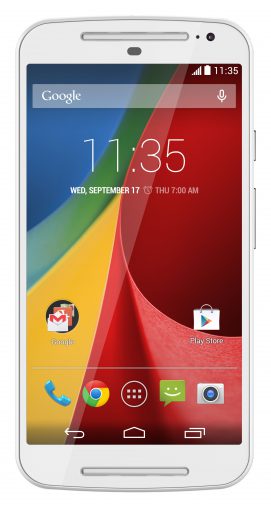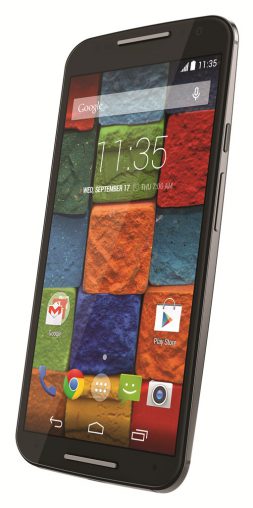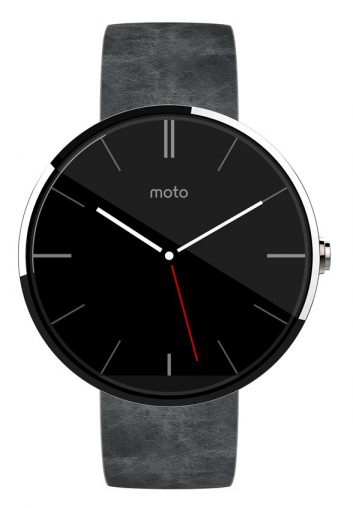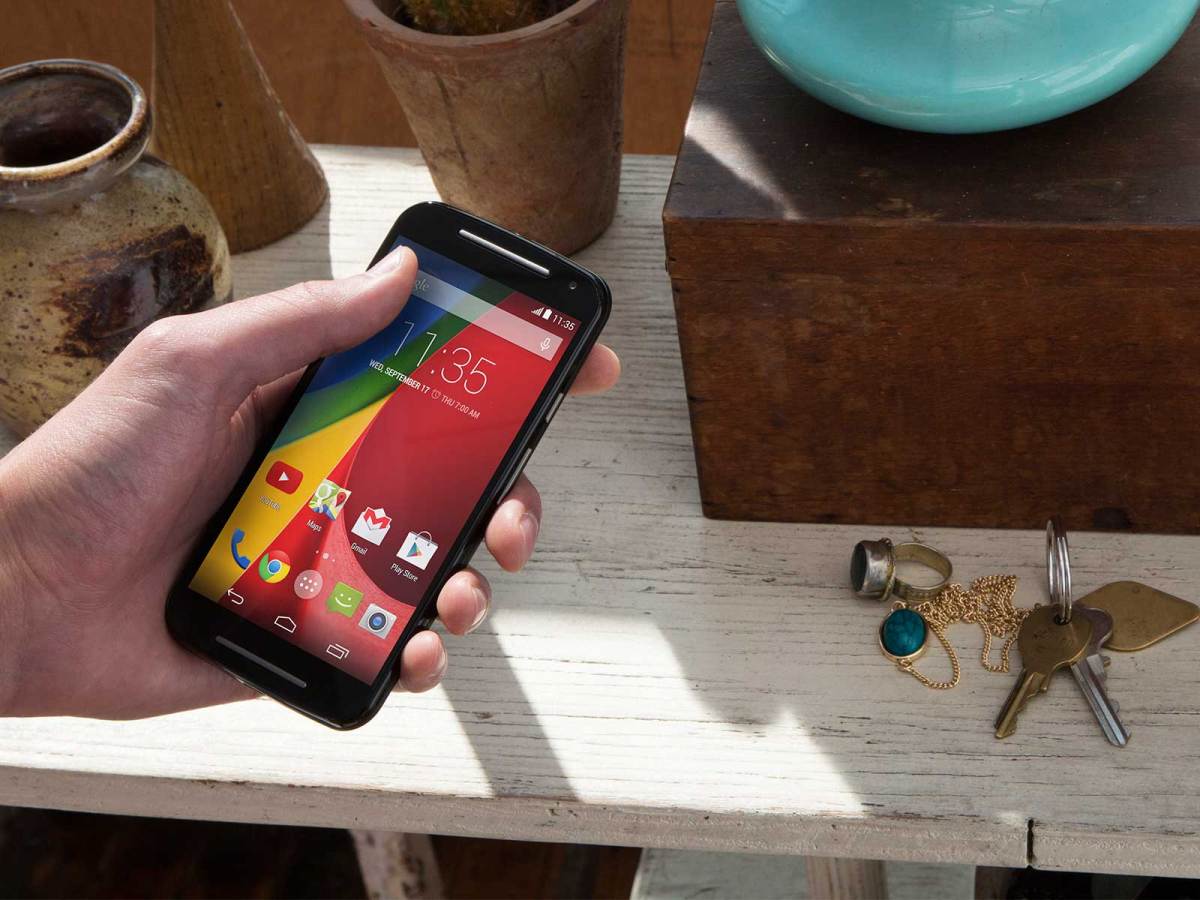Esteban Cambiasso spent a decade in the Inter Milan midfield, making 315 Serie A appearances for the Nerazzurri, winning five league titles, four cups and the Champions League. He is the Argentine player with the most honours, more than celebrated legends like Diego Maradona and Lionel Messi, and just as he was transitioning into the injury time of his career, he surprised football fans by trading the fashion capital of Europe for the wholly unglamorous Leicester City.
In his starting team debut last weekend, Cambiasso spent an hour sitting in the midfield against the might of Manchester United, collecting balls from his defenders and then pinging them over the heads of United’s forlorn fullbacks, into the path of onrushing wide players. His powers may have waned — he’s 34 now — but his vision, instinct and reading of the game remain solid. He was on hand to score the equaliser and, after being substituted, watched from the stands as the midfield he softened up, like the loosening of a stubborn screw-top lid before the eventual pop, was completely dismantled. Leicester City won 5-3 over the megarich Red Devils and it was hailed as the club’s greatest victory in the Premier League era.
Cambiasso’s ability to eke out the most from his dotage was brought to mind this morning at a briefing to launch Motorola’s new handsets and debut smartwatch, the Moto 360. The grand old name in mobile phones; the American manufacturer that really did revolutionise the marketing and appeal of handsets with its Razor series of finely-crafted, premium flip phones that felt magnificent in the hand and looked even better on the table at the café when impressing friends; the brand that has been passed around like a bucket of chicken, first to Google, now to Lenovo, its valuable patents gobbled like the well-proportioned breast and wing pieces are devoured, leaving only the unfashionable thigh and legs. The running parts of Motorola — the motor if you will — powers on, but the messaging has become cluttered and, at times, mind-boggling.
The first thing to know about Motorola’s smartphone proposition is that it’s sans telco operators. John Demezieres, account director at Motorola Mobility Australia, confirmed the focus is very much on the mass market consumer electronics stores: Dick Smith, The Good Guys, Harvey Norman and JB Hi-Fi; though not all of these retailers will receive all the handsets at the same time, with some releases staggered to create an element of exclusivity.
The second thing to understand is that Motorola is not competing at the premium, ‘flagship’ end of the smartphone spectrum. It’s prepared to let Apple, Samsung, Sony, HTC and LG fight it out in the ~$1,000 market, where screen size, display resolution and camera functionality are the all-important benchmarks. Motorola wants to solve targeted user problems — Demezieres calls them “pain points” — and, in doing so, offer a higher spec-per-dollar proposition than Motorola’s more fancied foes.
Demezieres showed a slide during his presentation that outlined the five problems Motorola is solving. The handsets will be aspirational; have affordable 4G; offer a full day of battery life; be equipped with an HD-quality display; and be future proof, guaranteed to receive timely Android updates.
The third thing to understand, and this is the cluttered, mind-boggling bit mentioned earlier, are the actual handsets and their associated nomenclature. To disambiguate this, here are some bullet points:
- Motorola’s entry level Moto E device is unchanged, a 4.3-inch 3G handset with colourful, interchangeable rear plates for RRP $179. (Demezieres said there was still a “massive” market for 3G in Australia.)
There are three Moto G smartphones:
- The original 4.5-inch 3G dual SIM model, known as the ‘Moto G’, which is now “end of life” and no more being introduced to Australia.
- The previously released 4G model, known as the ‘Moto G 4G’, retained in the range for RRP $299.
- A new 3G handset, officially known as a the ‘Moto G’ and unofficially known as the ‘Moto G (2nd Gen.)’, which packs Android 4.4.4 (KitKat), a 1.2GHz quadcore processor, a 720p HD display, 8GB of storage (expandable via microSD) into a 5-inch form factor for a very attractive RRP $279. In an ideal world, this handset would be called the G2, but LG got in ahead of Motorola with this term, and even though the LG G2 has been superceded by the LG G3, the name is essentially spoiled.

- Finally, there’s the new, second-gen Moto X, which hasn’t yet been released or priced (this is due in October or November), and will replace the Moto X currently in the market. This 4G model comes with a choice of a leather, bamboo or traditional black curved rear, designed to fit snugly in the hand. It has a 5.2-inch, Full HD display; a 13-megapixel camera and, perhaps most appealing of all, a ‘Pure Android’ experience, with only Spartan Motorola overlays, including an intuitive alerts system and a voice assistant.

If you think consumers will be confounded by this, then sales staff is advised to learn it thoroughly as these handsets will only be sold through general retail outlets and those retailers’ online stores. There are no plans to sell the devices through Google’s Play store and Motorola does not sell handsets directly from its Australian website.
It’s unknown whether Motorola didn’t want to sell through telcos or the telcos were unaccommodating — one suspects the latter is more likely — but Motorola has done well to secure the services of all the major consumer electronics retailers and they can now approach the market with a coherent retail strategy, if not naming protocol, built around open and unlocked smartphones at genuinely attractive price points. Demezieres is pragmatic about this, saying Motorola is at a stage in its history when price must be one of the product attributes it competes on.
This channel will be replicated for Motorola’s new smartwatch, the Moto 360 (RRP from $329). Demezieres said this emerging category required sales staff to help consumers through the purchasing journey.
“I think the wearable is still an assisted sale. Consumers are saying ‘I wanted to see what a smartwatch is all about, I need to touch and feel’ and someone needs to articulate what the consumer will be spending the money on.
“My first thought is to make sure it is in the outlets — the mass, electronics stores — Harvey Norman, Dick Smith, The Good Guys, JB Hi-Fi, for example.”

Demezieres said this is where a consumer would naturally think to look for these types of products. The next step, he said, once the smartwatch category is more entrenched in the market, is the carrier channel, where it can be bundled with another Android smartphone; not a Motorola one, however, as none of the Moto handsets are sold through the carriers.
Designed to more closely resemble a traditional watch rather than the rectangular blocks of the first regeneration of the smartwatch, the Moto 360 has a 46-millimetre diameter and an 11.5-millimetre depth. There are three leather band designs: grey, black and stone; and the watch is IP67 water resistant. The watch comes with a wireless charging base for convenient refuelling and all-day battery life is promised. It is retailing in the United States for $249. How much will it cost in Australia? Demezieres offered a broad insight into the provenance of the so-called Australia Tax:
“Things to think about include exchange rate fluctuation; distribution, in terms of the product having a different path to market compared to the US; we are an island pretty far from the rest of world.”
Launched as part of the smartwatch zeitgeist of mid-2014, the Moto 360 will compete against Samsung, Sony, LG and Asus smartwatches and, in time, Apple’s Watch range. I asked Demezieres if Motorola had done any research into whether consumers actually want a smartwatch.
“I can’t say we have personally done any research in Australia,” he replied. “I suppose one of the questions is, ‘Is wearables a fad?’. I don’t believe it will be and I don’t think the industry does; the category is exploding. You go to an outlet like Dick Smith — it has the Pebble brand exclusively — it has full bays where you can find a whole array of smartwatches in different price categories.”
Demezieres also pointed out the health proposition of the smartwatch, which he said is also helping to grow the category. The Moto 360 has a heart monitor and a pedometer and works with a growing number of fitness apps such as Eat24 and Lyft.
Motorola has gone through to so many changes since it was the flagship manufacturer. New owners, new form factors, new price propositions, new go-to-market strategies. What is Motorola’s brand philosophy today? What’s its USP?
“The quality is the build is still one that resonates to this day,” Demezieres said. “Only BMW can build a BMW. We want to make sure that our quality still stacks up. The other area where we are really differentiating is value for money. You can go spend the same amount of money, and then some, with another vendor, and you’re not going to get the same sort of experience from a quality perspective.”
On the subject of value for money, Leicester City picked up Esteban Cambiasso on a free transfer. A veteran of the game and perhaps not the same player that won 52 international caps for Argentina, Cambiasso still has enough going for him that it wouldn’t surprise if it turns out his transfer was the best bit of player-per-dollar business this Premier League season.
This author is on Twitter: @Patrickavenell

